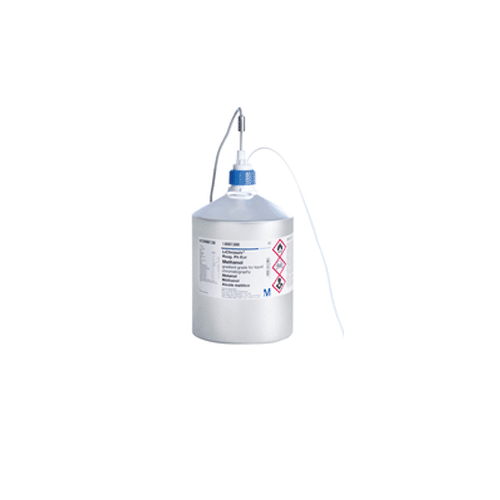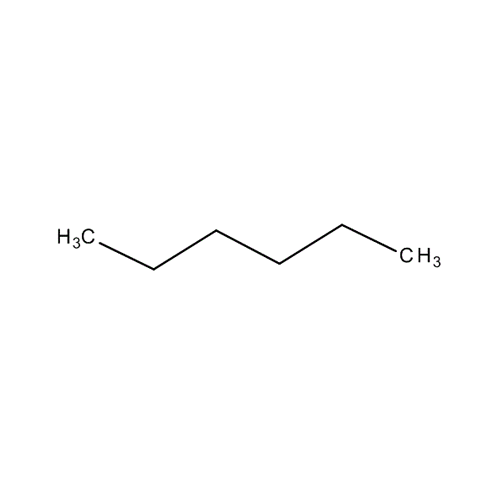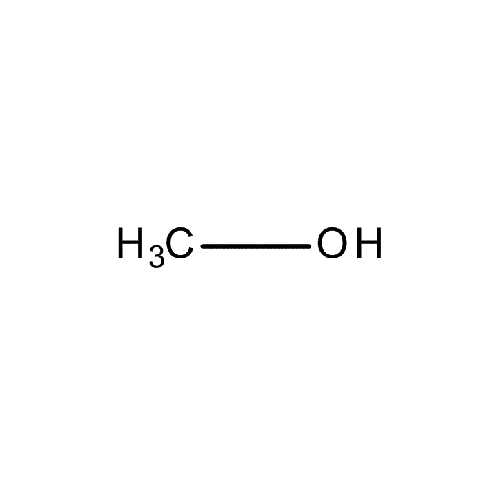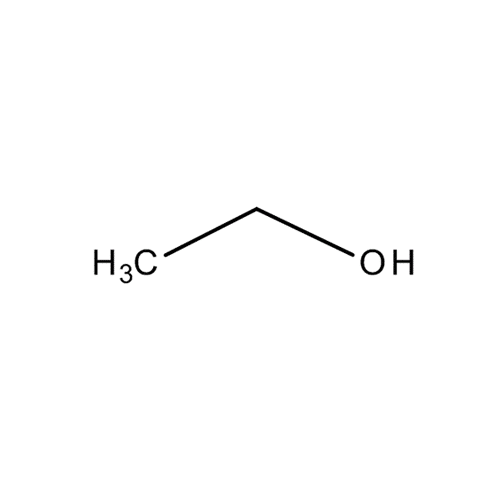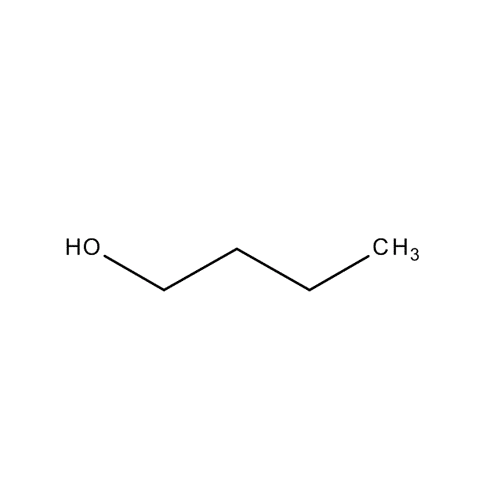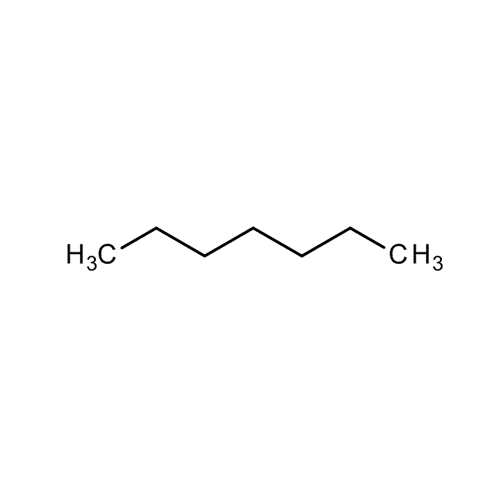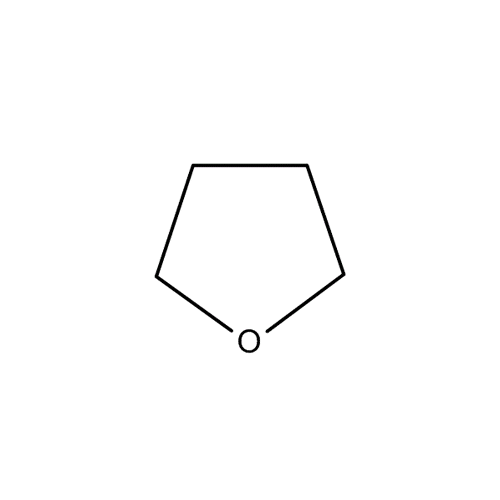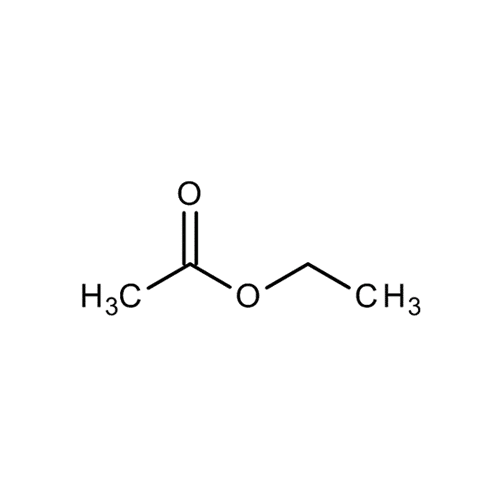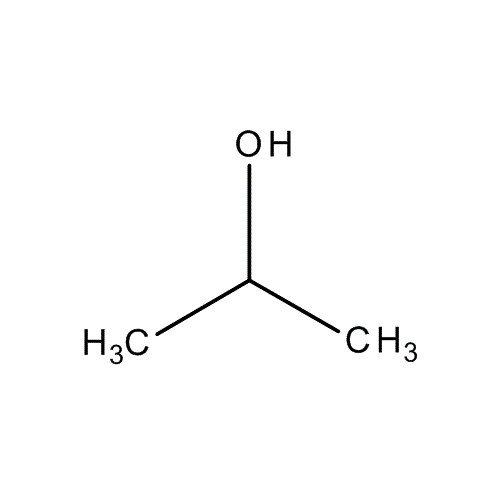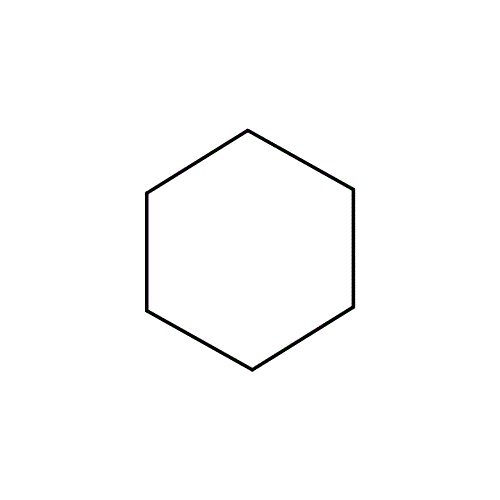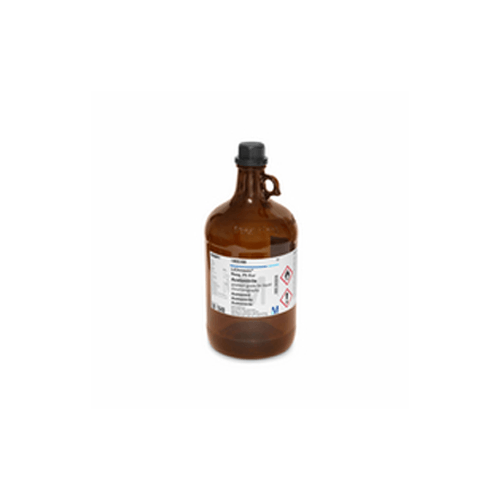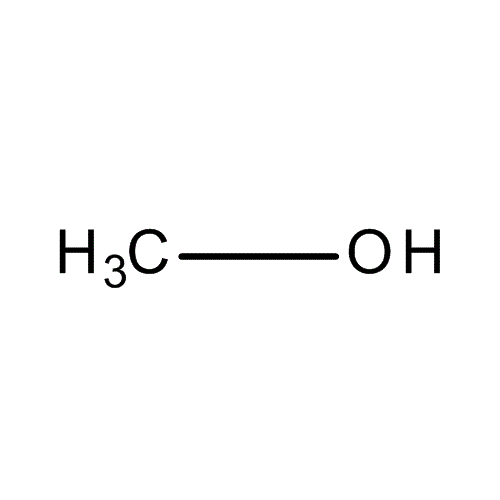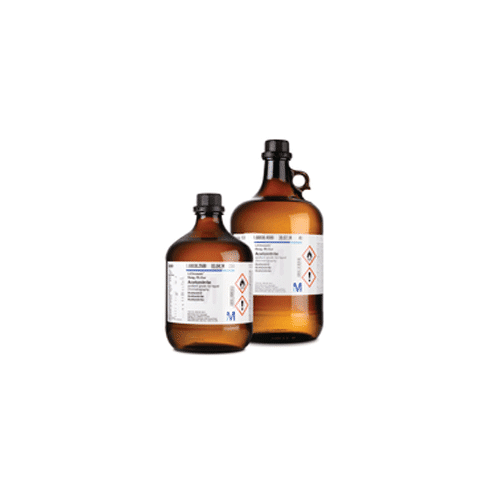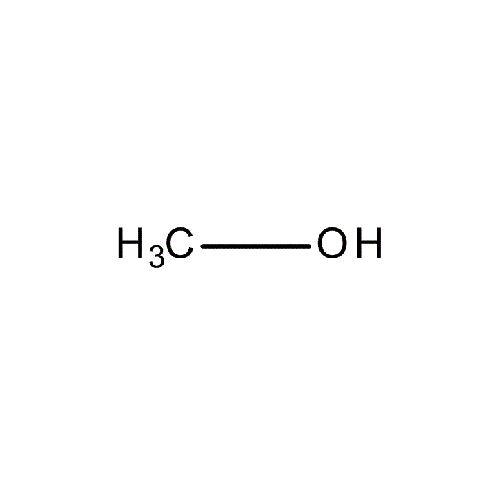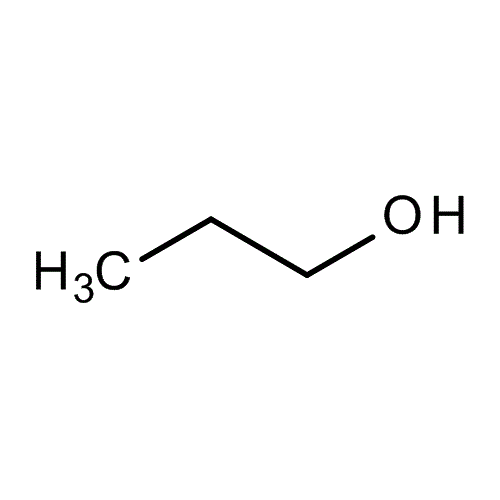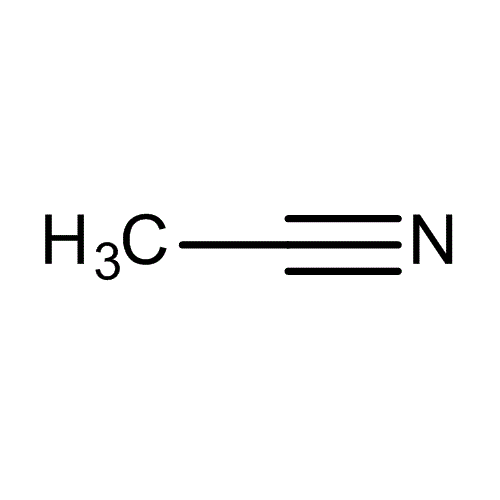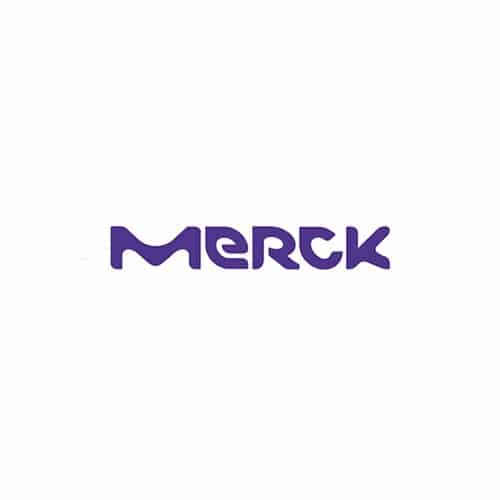
BugBuster® Protein Extraction Reagent
Login to see pricesBrand:
Merck
Description
Protein stability is fundamental to all aspects of protein research, including analysis by Western blotting. Combine our gentle protein extraction kits with protease inhibitors to obtain stabilized, intact and active proteins.
BugBuster® Master Mix combines BugBuster Protein Extraction Reagent with Benzonase®Nuclease and rLysozyme™ Solution in one convenient reagent. BugBuster Master Mix allows for maximum recovery of active soluble protein from both Gram-negative and Gram-positive bacteria. With the Master Mix, there is no need for dilution or separate addition steps. The two available package sizes provide sufficient reagents for protein extraction from 20 g and 100 g cell paste.
n-Hexane for liquid chromatography LiChrosolv®
Login to see pricesBrand:
Merck
Description
CAS number: 110-54-3
Chemical Formula: CH₃(CH₂)₄CH₃
Molar Mass: 86.18 g/mol
Synonyms: n-Hexane
With their high degree of UV transmittance, low particle count, low acidity and alkalinity and low evaporation residue level, LiChrosolv® solvents are ideal for reproducible separations. Since separations are normally carried out under gradient conditions in analytical HPLC, we offer solvents in “gradient grade” as well as “isocratic grade”. This enables to minimize the gradient effect of the solvent involved. Filtered by 0.2 µm filter.
Suitable for UPLC / UHPLC /Ultra HPLC – instruments.
Conforms to Methanol R1 and R2 according to Reag. Ph Eur;
conforms to the requirements of ACS for liquid chromatography suitability.
Methanol gradient grade for liquid chromatography LiChrosolv®
Login to see pricesBrand:
Merck
Description
CAS number: 67-56-1
Chemical Formula: CH₃OH
Molar Mass: 32.04 g/mol
Synonyms: MeOH, Hydroxymethane, Methyl alcohol, Carbinol
Grade: Reag. Ph Eur
With their high degree of UV transmittance, low particle count, low acidity and alkalinity and low evaporation residue level, LiChrosolv® solvents are ideal for reproducible separations. Since separations are normally carried out under gradient conditions in analytical HPLC, we offer solvents in “gradient grade” as well as “isocratic grade”. This enables to minimize the gradient effect of the solvent involved. Filtered by 0.2 µm filter.
Suitable for UPLC / UHPLC /Ultra HPLC – instruments.
Conforms to Methanol R1 and R2 according to Reag. Ph Eur;
conforms to the requirements of ACS for liquid chromatography suitability.
Ethanol gradient grade for liquid chromatography LiChrosolv®
Login to see pricesBrand:
Merck
Description
CAS number: 64-17-5
Chemical Formula: C₂H₅OH
Molar Mass: 46.07 g/mol
Synonyms: Ethyl alcohol, EtOH
With their high degree of UV transmittance, low particle count, low acidity and alkalinity and low evaporation residue level, LiChrosolv® solvents are ideal for reproducible separations. Since separations are normally carried out under gradient conditions in analytical HPLC, we offer solvents in “gradient grade” as well as “isocratic grade”. This enables to minimize the gradient effect of the solvent involved. Filtered by 0.2 µm filter
1-Butanol for liquid chromatography LiChrosolv®
Login to see pricesBrand:
Merck
Description
CAS number: 71-36-3
Chemical Formula: CH₃(CH₂)₃OH
Molar Mass: 74.12 g/mol
Synonyms: Butan-1-ol, n-Butyl alcohol, BuOH
With their high degree of UV transmittance, low particle count, low acidity and alkalinity and low evaporation residue level, LiChrosolv® solvents are ideal for reproducible separations. Since separations are normally carried out under gradient conditions in analytical HPLC, we offer solvents in “gradient grade” as well as “isocratic grade”. This enables to minimize the gradient effect of the solvent involved. Filtered by 0.2 µm filter
Isooctane for liquid chromatography LiChrosolv®
Login to see pricesBrand:
Merck
Description
CAS number: 540-84-1
Chemical Formula: CH₃C(CH₃)₂CH₂CH(CH₃)CH₃
Molar Mass: 114.23 g/mol
Synonyms: 2,2,4-Trimethylpentane, Isobutyltrimethylmethane, iso-Octane
With their high degree of UV transmittance, low particle count, low acidity and alkalinity and low evaporation residue level, LiChrosolv® solvents are ideal for reproducible separations. Since separations are normally carried out under gradient conditions in analytical HPLC, we offer solvents in “gradient grade” as well as “isocratic grade”. This enables to minimize the gradient effect of the solvent involved. Filtered by 0.2 µm filter
n-Heptane for liquid chromatography LiChrosolv®
Login to see pricesBrand:
Merck
Description
CAS number: 142-82-5
Chemical Formula: CH₃(CH₂)₅CH₃
Molar Mass: 100.2 g/mol
Synonyms: n-Heptane
With their high degree of UV transmittance, low particle count, low acidity and alkalinity and low evaporation residue level, LiChrosolv® solvents are ideal for reproducible separations. Since separations are normally carried out under gradient conditions in analytical HPLC, we offer solvents in “gradient grade” as well as “isocratic grade”. This enables to minimize the gradient effect of the solvent involved. Filtered by 0.2 µm filter
Tetrahydrofuran for liquid chromatography LiChrosolv®
Login to see pricesBrand:
Merck
Description
CAS number: 109-99-9
Chemical Formula: C₄H₈O
Molar Mass: 72.11 g/mol
Synonyms: THF, Tetramethylene oxide, Oxolane, Butylene oxide
With their high degree of UV transmittance, low particle count, low acidity and alkalinity and low evaporation residue level, LiChrosolv® solvents are ideal for reproducible separations. Since separations are normally carried out under gradient conditions in analytical HPLC, we offer solvents in “gradient grade” as well as “isocratic grade”. This enables to minimize the gradient effect of the solvent involved. Filtered by 0.2 µm filter
Ethyl acetate for liquid chromatography LiChrosolv®
Login to see pricesBrand:
Merck
Description
CAS number: 141-78-6
Chemical Formula: CH₃COOC₂H₅
Molar Mass: 88.11 g/mol
Synonyms: Ethyl ethanoate, Acetic ester, Ethyl ester
With their high degree of UV transmittance, low particle count, low acidity and alkalinity and low evaporation residue level, LiChrosolv® solvents are ideal for reproducible separations. Since separations are normally carried out under gradient conditions in analytical HPLC, we offer solvents in “gradient grade” as well as “isocratic grade”. This enables to minimize the gradient effect of the solvent involved. Filtered by 0.2 µm filter
Dichloromethane for liquid chromatography LiChrosolv®
Login to see pricesBrand:
Merck
Description
CAS number: 75-09-2
Chemical Formula: CH₂Cl₂
Molar Mass: 84.93 g/mol
Synonyms: DCM, Methylene chloride, Methylene dichloride
With their high degree of UV transmittance, low particle count, low acidity and alkalinity and low evaporation residue level, LiChrosolv® solvents are ideal for reproducible separations. Since separations are normally carried out under gradient conditions in analytical HPLC, we offer solvents in “gradient grade” as well as “isocratic grade”. This enables to minimize the gradient effect of the solvent involved. Filtered by 0.2 µm filter
2-Propanol gradient grade for liquid chromatography LiChrosolv®
Login to see pricesBrand:
Merck
Description
CAS number: 67-63-0
Chemical Formula: CH₃CH(OH)CH₃
Molar Mass: 60.1 g/mol
Synonyms: Isopropyl alcohol, Isopropanol, iso-Propanol, IPA
With their high degree of UV transmittance, low particle count, low acidity and alkalinity and low evaporation residue level, LiChrosolv® solvents are ideal for reproducible separations. Since separations are normally carried out under gradient conditions in analytical HPLC, we offer solvents in “gradient grade” as well as “isocratic grade”. This enables to minimize the gradient effect of the solvent involved. Filtered by 0.2 µm filter
tert-Butyl methyl ether for liquid chromatography LiChrosolv®
Login to see pricesBrand:
Merck
Description
CAS number: 1634-04-4
Chemical Formula: (CH₃)₃COCH₃
Molar Mass: 88.15 g/mol
Synonyms: MTBE, MTB, 2-Methoxy-2-methylpropane, Methyl tert-butyl ether
With their high degree of UV transmittance, low particle count, low acidity and alkalinity and low evaporation residue level, LiChrosolv® solvents are ideal for reproducible separations. Since separations are normally carried out under gradient conditions in analytical HPLC, we offer solvents in “gradient grade” as well as “isocratic grade”. This enables to minimize the gradient effect of the solvent involved. Filtered by 0.2 µm filter
Cyclohexane for liquid chromatography LiChrosolv®
Login to see pricesBrand:
Merck
Description
CAS number: 110-82-7
Chemical Formula: C₆H₁₂
Molar Mass: 84.16 g/mol
Synonyms: Hexahydrobenzene, Hexamethylene, Naphthene
With their high degree of UV transmittance, low particle count, low acidity and alkalinity and low evaporation residue level, LiChrosolv® solvents are ideal for reproducible separations. Since separations are normally carried out under gradient conditions in analytical HPLC, we offer solvents in “gradient grade” as well as “isocratic grade”. This enables to minimize the gradient effect of the solvent involved. Filtered by 0.2 µm filter
Methanol for liquid chromatography LiChrosolv®
Login to see pricesBrand:
Merck
Description
CAS number: 67-56-1
Chemical Formula: CH₃OH
Molar Mass: 32.04 g/mol
Synonyms: MeOH, Hydroxymethane, Methyl alcohol, Carbinol
With their high degree of UV transmittance, low particle count, low acidity and alkalinity and low evaporation residue level, LiChrosolv® solvents are ideal for reproducible separations. Since separations are normally carried out under gradient conditions in analytical HPLC, we offer solvents in “gradient grade” as well as “isocratic grade”. This enables to minimize the gradient effect of the solvent involved. Filtered by 0.2 µm filter

Water for chromatography (LC-MS Grade) LiChrosolv®
Login to see pricesBrand:
Merck
Description
CAS number: 7732-18-5
Chemical Formula: H₂O
Molar Mass: 18.02 g/mol
Synonyms: Deionized water
With their high degree of UV transmittance, low particle count, low acidity and alkalinity and low evaporation residue level, LiChrosolv® solvents are ideal for reproducible separations. Since separations are normally carried out under gradient conditions in analytical HPLC, we offer solvents in “gradient grade” as well as “isocratic grade”. This enables to minimize the gradient effect of the solvent involved.
Methanol hypergrade for LC-MS LiChrosolv®
Login to see pricesBrand:
Merck
Description
CAS number: 67-56-1
Chemical Formula: CH₃OH
Molar Mass: 32.04 g/mol
Synonyms: MeOH, Hydroxymethane, Methyl alcohol, Carbinol
LiChrosolv® hypergrade is accurately tested for LC-MS suitability, and meet all the requirements of modern LC-MS ionization methods (ESI/APCI – positive and negative mode). Thanks to their low level of ionic background and low ion suppression, LiChrosolv® hypergrade solvents provide high reproducibility and high ionization efficiency. The packaging material has been improved to meet LC-MS quality requirements perfectly. Filtered by 0.2 µm filter.
1-Propanol for liquid chromatography LiChrosolv®
Login to see pricesBrand:
Merck
Description
CAS number: 71-23-8
Chemical Formula: CH₃CH₂CH₂OH
Molar Mass: 60.1 g/mol
Synonyms: n-Propyl alcohol, Propan-1-ol
With their high degree of UV transmittance, low particle count, low acidity and alkalinity and low evaporation residue level, LiChrosolv® solvents are ideal for reproducible separations. Since separations are normally carried out under gradient conditions in analytical HPLC, we offer solvents in “gradient grade” as well as “isocratic grade”. This enables to minimize the gradient effect of the solvent involved. Filtered by 0.2 µm filter.
Acetone for liquid chromatography LiChrosolv®
Login to see pricesBrand:
Merck
Description
CAS number: 67-64-1
Chemical Formula: CH₃COCH₃
Molar Mass: 58.08 g/mol
Synonyms: Dimethyl ketone, Propanone, 2-Propanone
With their high degree of UV transmittance, low particle count, low acidity and alkalinity and low evaporation residue level, LiChrosolv® solvents are ideal for reproducible separations. Since separations are normally carried out under gradient conditions in analytical HPLC, we offer solvents in “gradient grade” as well as “isocratic grade”. This enables to minimize the gradient effect of the solvent involved. Filtered by 0.2 µm filter.
Acetonitrile Gradient Grade for Liquid Chromatography LiChrosolv® Reag. Ph Eur. (Merck)
Login to see pricesBrand:
Merck
Description
CAS number: 75-05-8
Chemical Formula: CH₃CN
Molar Mass: 41.05 g/mol
Synonyms: ACN, Methyl cyanide, Ethyl nitrile, Cyanomethane
With their high degree of UV transmittance, low particle count, low acidity and alkalinity and low evaporation residue level, LiChrosolv® solvents are ideal for reproducible separations. Since separations are normally carried out under gradient conditions in analytical HPLC, we offer solvents in “gradient grade” as well as “isocratic grade”. This enables to minimize the gradient effect of the solvent involved. Filtered by 0.2 µm filter. Suitable for UPLC / UHPLC /Ultra HPLC – instruments.
Toluene for liquid chromatography LiChrosolv®
Login to see pricesBrand:
Merck
Description
CAS number: 108-88-3
Chemical Formula: C₆H₅CH₃
Molar Mass: 92.14 g/mol
Synonyms: Toluol, Methylbenzene
With their high degree of UV transmittance, low particle count, low acidity and alkalinity and low evaporation residue level, LiChrosolv® solvents are ideal for reproducible separations. Since separations are normally carried out under gradient conditions in analytical HPLC, we offer solvents in “gradient grade” as well as “isocratic grade”. This enables to minimize the gradient effect of the solvent involved. Filtered by 0.2 µm filter.
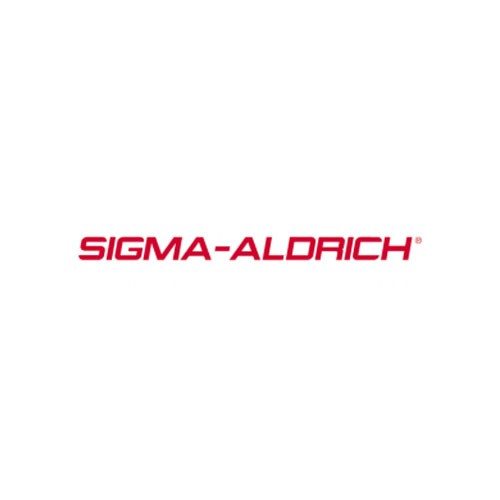
Minimum Essential Medium Eagle (EMEM) with Earle’s Salt, powder form
Login to see pricesBrand:
Sigma-Aldrich
Modification of original MEM formulation, which includes higher concentration of amino acids so the medium is more closely approximates the protein composition of cultured mammalian cells. EMEM has been used for wide variety of monolayer cells culture.
EMEM Modified with HEPES contains 25 mM HEPES to provide additional buffering capacity to the medium. A zwitterionic buffer, HEPES has a pKa of 7.3 at 37 °C, which is more compatible with most culture systems than that of sodium bicarbonate, which is usually 6.2 under similar conditions. HEPES will reduce sudden, drastic pH shifts, but as with other buffers, it will not prevent pH shifts entirely.
EMEM, which incorporates these modifications, includes 19 amino acids. The essential amino acids and the non-essential amino acids; L-ala; L-asn; L-asp; L-glu; L-gly; L-pro and L-ser. May be preferred for growth of adherent cells in the presence of reduced serum or as a base for development of a serum free medium.
Refer to the table below and choose your prefered EMEM!

Minimum Essential Medium Eagle (EMEM) with Hanks’ salts
Login to see pricesBrand:
Sigma-Aldrich
Modification of the original MEM formulation. Earle’s salts have been replaced with Hanks’ salts. Since the bicarbonate concentration is substantially lower, this medium has a substantially reduced buffering capacity.

Minimum Essental Medium Eagle (EMEM) with Joklik modification, powder form
Login to see pricesBrand:
Sigma-Aldrich
EMEM, which incorporates these modifications, includes higher concentrations of amino acids so the medium more closely approximates the protein composition of cultured mammalian cells. The formulation has been further modified by optional elimination of calcium to permit growth of cells in suspension culture.

RPMI-1640 Medium
Login to see pricesBrand:
Sigma-Aldrich
RPMI 1640 Medium, a modification of McCoy′s 5A Medium, it was formulated to support lymphoblastoid cells in suspension culture, but it has since been shown to support a wide variety of cells that are anchorage dependent. Originally intended to be used with a serum supplement, RPMI 1640 has been shown to support several cell lines in the absence of serum. It has also been widely used in fusion protocols and in the growth of hybrid cells. Refer to the table below to choose the right RPMI-1640 for your cell culture!

